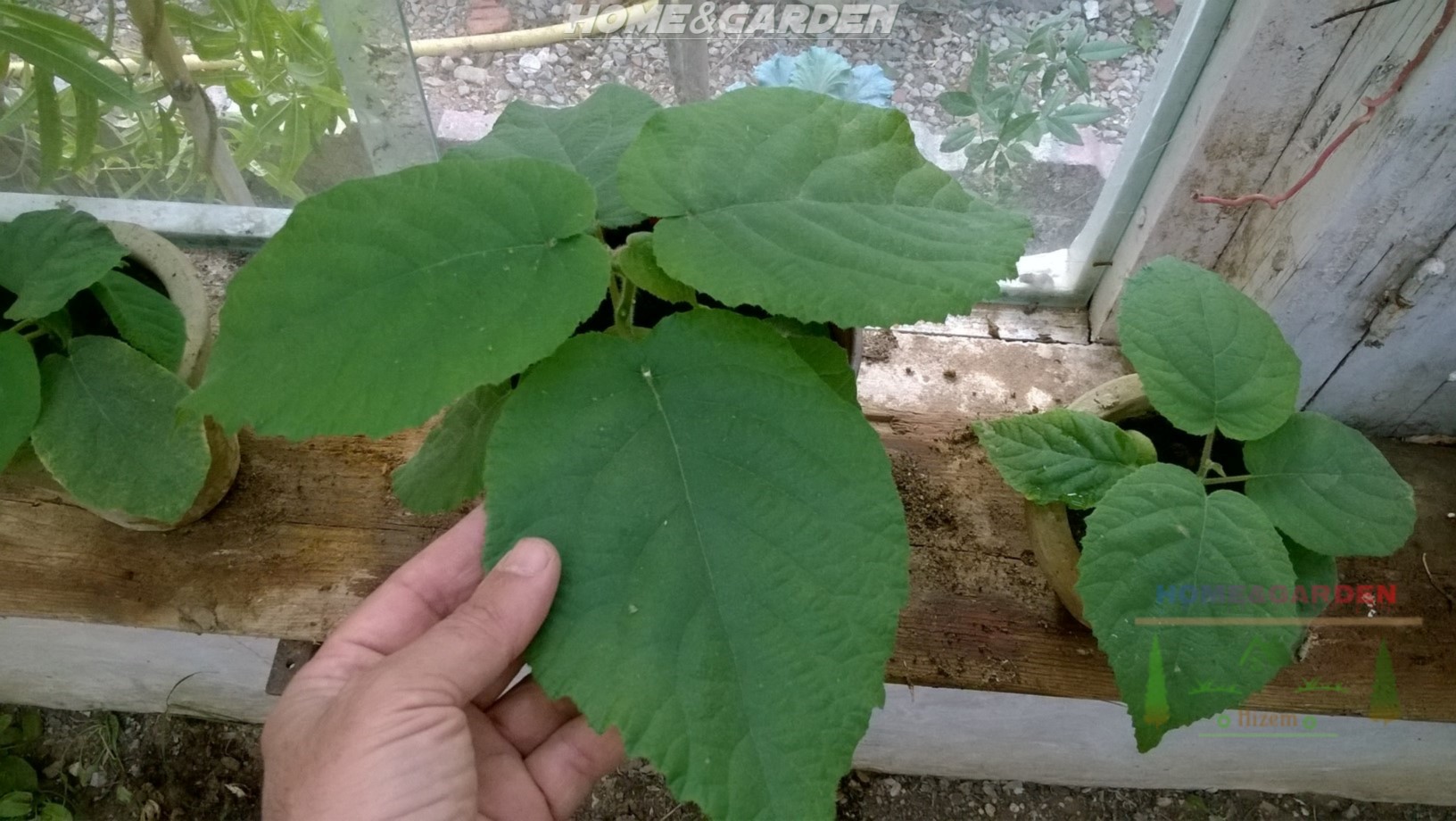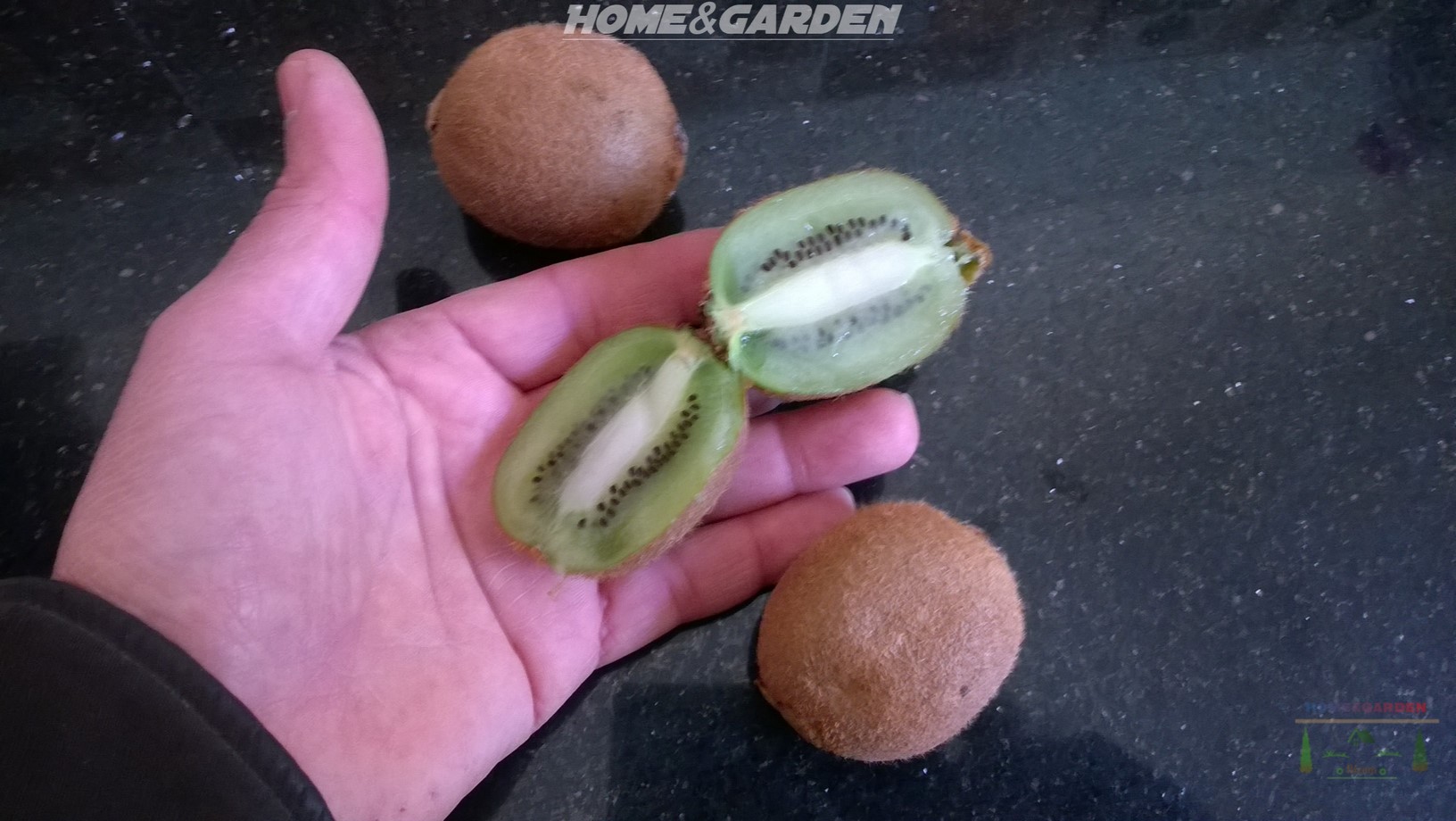How To Grow Kiwi
How To Collect Kiwi Seeds
- Remove the seeds from the best piece of kiwi fruit.
- Place kiwi seeds and water in a small blender to separate membrane from seeds.
- Wash the seeds in the sink using a colander.
- Lay them on a paper towel to dry. Make sure that the seeds are placed in an area where they will remain undisturbed for a couple of days.
How To Plant The Seeds
- Fill your container with pre-moistened seed starting mix. Leave about an inch of space below the rim of your plastic pot.
- Tear the paper towel into small pieces and put every piece that contain the seeds into one plastic pot.
- Cover them with a thin layer of soil.
- Once planted, water gently and place your pot or container in a warm spot.
- Once the seeds start to germinate, they need sunlight. This doesn’t need to be direct, but putting them next to a sunny window is important.
- Ensure that the soil in the container is damp at all times, especially when your kiwi sprouts are young.
- Place the pot in an area that receives direct sunlight for at least six hours per day.
- In order to keep your kiwi vines healthy and well growing, the soil will eventually need to be replenished with nutrients. I suggest feeding it with an organic fertilizer, such as compost or vermicompost, once it has developed a nice little set of leaves.
- Always watch for browning leaves and check the underside of leaves for pests. Your kiwi plants can fall victim to bugs and disease and may sometimes require some extra care.
Hardening Off Kiwi Seedlings

In order to give your plants the best chance of success, it is best to ‘harden them off’ prior to leaving them outside full time. About 7 days before planting your plants outdoors, help acclimate them to temperatures, sunlight, and wind. This is the process of hardening off, or gradually acclimating your new plants to outdoor conditions. These plants have spent their short lives in a warm, sunny, protected place and won't fare well if you don't expose them slowly to the elements. Before you intend to plant, put your transplants outdoors in an area where they'll be protected from the direct sunlight and wind. Leave them out for a few hours and bring them back inside. Repeat this each day, gradually increasing the amount of time they're outside and the degree of exposure to sun and wind. Gradual exposure helps your plants toughen up and reduces the possibility of injury. With proper hardening off, they’ll have an easier transition to the garden.
When all danger of frost has passed, transplant the sturdiest plants outdoors, and keep them moist and weed-free until well established.
Watch My Kiwi Plants in The Greenhouse Video
Happy Gardening!
Please let us know your thoughts, experiences, or questions in the comments below. If you like this, you can share with your friends!
This web site is a participant in the Amazon Services LLC Associates Program, an affiliate advertising program designed to provide a means for sites to earn advertising fees by advertising and linking to amazon. Some of the links to products on this site are affiliate links. These are products that I've used or recommend based from homesteading experience. I do make a small commission (at no extra cost to you) from these sales.(alert-warning)
(full-width)























